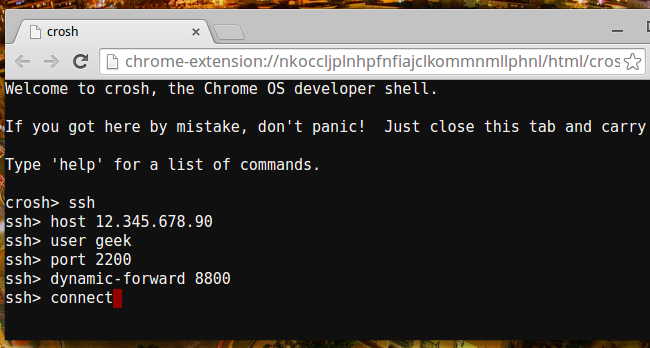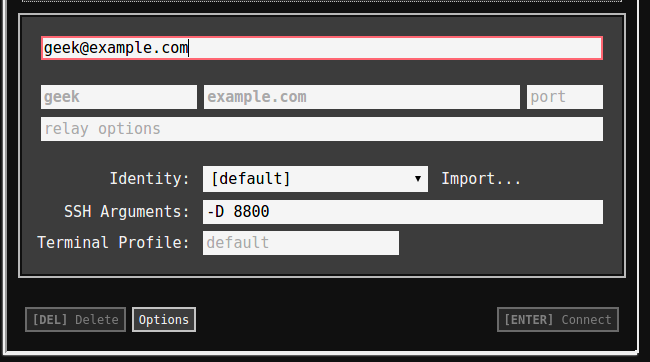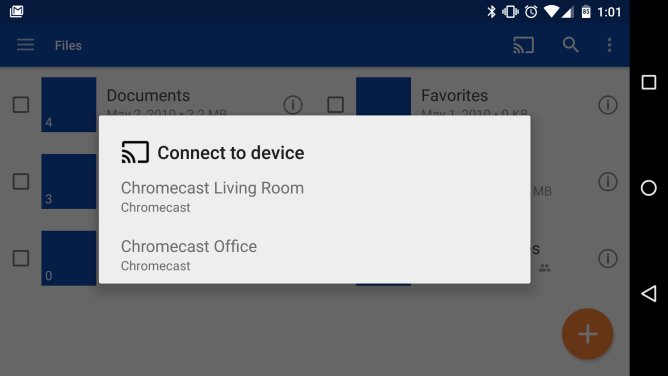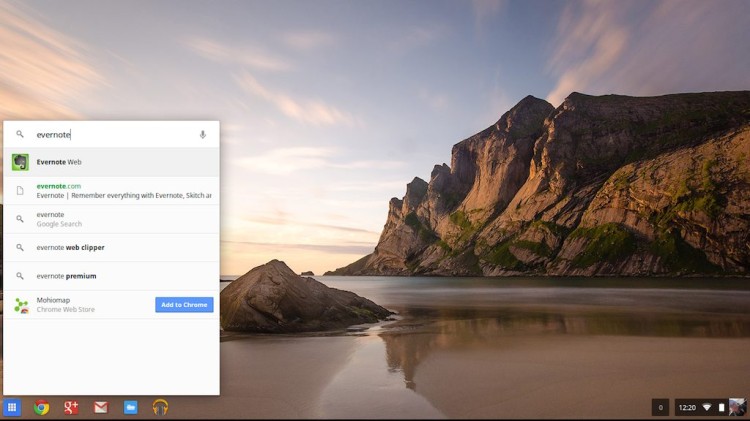How To Enable SSH Tunneling On Chrome OS
Hello everyone, how are you all doing on this wonderful Saturday evening? I am having a fun Saturday morning and I sure hope all of you are as well, I am in the mood to write a lot of tutorials and tips for ChromeGeek.com today, you can thank NaS for that, I am currently streaming his album, “I am” — It was released in 1999 and I must say it is a classic, I haven’t listened to it in years and going back to it now just gives me some sort of…rush. Anyway, lets get back on topic! SSH in Chrome!
Chromebooks offer built-in support for SSH tunnelling with their included crosh shell and SSH command. An SSH tunnel allows you to use an SSH connection like a VPN or encrypted proxy, sending your browsing traffic through the secure tunnel.
This allows you to encrypt traffic when browsing on a public network, access geo-blocked content, or even tunnel your way around Internet censorship like the Great Firewall of China.
Step 1: Open the SSH Tunnel
When setting up SSH tunnelling on any operating system, there are two steps. First, you’ll need to establish a connection to the SSH server and open a tunnel.
To do this, open the crosh shell by pressing Ctrl+Alt+T anywhere in Chrome OS. The shell will open in a browser tab.
Next, use the appropriate ssh command to connect to an SSH server and establish a tunnel. You’ll do this by running the ssh command and then by typing every option on its own line, like so:
ssh
host [SSH server IP address or hostname] (Enter the remote SSH server’s IP address or hostname here.)
user [username] (Enter your username on the remote SSH server here.)
port [port number] (Enter the port number teh SSH server is listening on. If it’s the default port 22, you don’t need this line.)
dynamic-forward [port number] (Enter a local port number for the ssh forwarding — for example, dynamic-forward 8800.)
key [key file name] (Enter a key file name if you need a key to connect to the SSH server and not just a password. Omit this line if the SSH server doesn’t require a key.)
connect
After you run the connect command, you’ll be prompted to enter the password to authenticate with the server or to unlock your key file.

SSH Tunnel Host in Chrome
You may also use Google’s official Secure Shell App for this. Launch the extension and enter the SSH server’s details in the sign-in window. In the arguments box, enter -D 8800 or another port number of your choice.

SSH In Chromebook & Chromebox
Step 2: Have Chrome OS Use the Tunnel
The tunnel is now open, but your Chromebook won’t automatically use it.You’ll need to specify the tunnel as a proxy in Chrome, which will cause Chrome to send its traffic through the tunnel.
If you don’t care that your DNS requests are sent out across your current connection, you can just enable the proxy the normal way. To do so, open your Chromebook’s Settings page and check the “Allow proxies for shared networks” option under Internet connection. Next, click the name of your Internet connection, click over to the Proxy tab, and select “Manual proxy configuration.” To the right of SOCKS host, enter “localhost” and the port you specified earlier.
To configure a SOCKS5 proxy the easy way, use the Proxy SwitchySharp extension. It allows you to enter the appropriate details and select SOCKS5, using the Chrome proxy API to change your proxy settings so Chrome will use a SOCKS5 proxy.
Use the SwitchSharp Options page to create a new proxy profile and name it something like “SSH Tunnel.” Under Manual Configuration and to the right of SOCKS Host, enter “localhost” as the address and enter the port number you chose earlier. Choose the “SOCKS v5″ option. When you use this proxy profile, it will forward your traffic over the SSH tunnel.
This tutorial was first posted on: How-To-Geek.
Other tutorials: Chrome Keyboard Shortcuts for Windows, Chrome Keyboard Shortcuts For Mac, Chrome Keyboard Shortcuts for Linux, Chromebook Keyboard Shortcuts & What is Crosh Shell?
Discover more from Chrome Geek
Subscribe to get the latest posts sent to your email.






